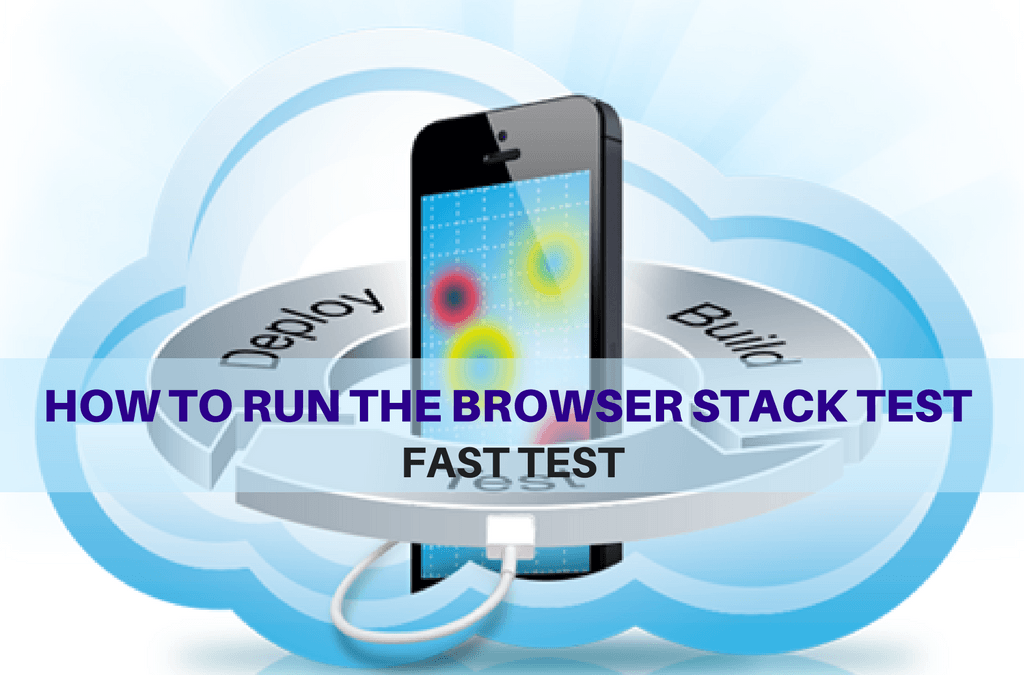What will you learn in this course?
Are you struggling with working with HTML using Selenium WebDriver? Do you know how to easily identify and manipulate an element using Selenium WebDriver? How about performing a drag n’ drop on an element? If not, then these are just a few of the questions that will be answered in this course.
This course is a complete guide on working with web elements in Selenium WebDriver! Once you are finished with this course, you will know how to work with any web elements, anytime, on any web application.
In this course from Ultimate QA, you will learn:
– Basics of HTML
– All the different locator strategies for Selenium WebDriver
– How to identify web elements using Selenium WebDriver
– Master XPath
– Navigation with Selenium WebDriver
– Web element manipulation
– Web element interrogation
– Mouse and keyboard actions with Selenium WebDriver
– Performing actions such as drag n’ drop, drawing, hovering
– Implicit and Explicit waits
– How to properly handle element identification so that your tests are not flaky
– Expected Conditions in Selenium WebDriver
Take This Entire Course for Free
[Tweet “Free #Selenium Webdriver tutorial reveals how to execute parallel testing in Sauce Labs and Browser Stack”]
What will you learn in this lecture?
In this video, we will go through the How to run the browser stack test of the Fast Tests Execution course.
Selenium Tutorial – Fast Tests Execution How to run the browser stack test
You can see the benefit of that right now. I can get authenticated for browser stack without revealing my credentials to anyone not even my coworkers. I can keep him safe on my system and run this for myself any time that I want and whenever another individual wants to run this test using their browser stack credentials they just have to update these environmental variables for themselves. So sweet right. I actually learned that from source labs documentation which is why I love that documentation. But anyways so that’s the initialize method which is going to run whenever we execute our test. Let me actually update this browsers tect first name to test the one. OK. So now we have the actual test. It just does a few things. Whatever it does that’s cool. And then it has a tear down the tear down. We didn’t have locally because we didn’t need it but now we need this for browser stack so that it actually ends our session right so that our test doesn’t run forever for whatever reason and consume all of our resources. This would clean up after a specific period of time and kill the browser. So with all of that said I believe that the test should be ready to run now for all of you non resharpen users. As always please note that using directives up here. OK. So make sure you have those so that you can have everything working in this test. OK let’s go ahead and run this test. Of course if we look at the test explore we’re not going to see the test here right.
We only see our two local tests. But when we build I’m going to use six we built. Now if you look at our test Explorer now we see an on the run browser stack test.
Let’s go ahead and run this selected test.
If I go to automate check it out guys you guys can see up here my test is running right Safari 5.1 or six Snow Leopard and you guys can see over here on the right is my automated test running opening our browsers and doing things and you guys can see it’s on OSX. Snow Leopard. How cool is that. Right. And the other benefit that I was telling you guys that you don’t get from your own framework is you get first of all all of these visual logs look how cool they are. You get text logs with screenshots and then you get the visual logs. Oh this is what I should have done. I need to enable browsers to debug equal. True but you would get the visual logs here and it would be really cool. And also you even get a video check it out an automatic recording. Look what’s going on here. How sweet is that. And that’s it. And your test has successfully ran in the cloud and it’s always going to live here forever you can even search for the session in the browser stack.
[Tweet “Free #Selenium Webdriver tutorial reveals how to execute parallel testing in Sauce Labs and Browser Stack”]
